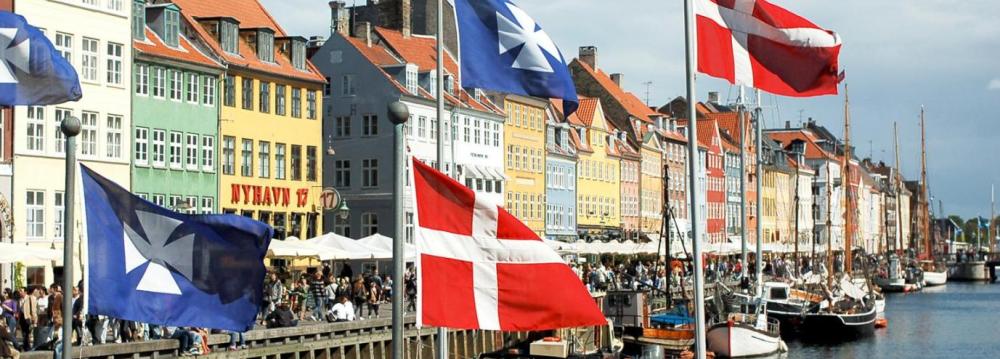The Danish economy is not performing as well as the government expected. Tuesday marked the third time that the government has lowered its growth projections for 2016 and 2017.
The latest projections now call for just 1.1% growth this year, down from a previously projected 1.9%. The 2017 projection was similarly lowered to 1.7% growth from 2%, The Local reported.
When the government released its 2015 results and 2016 expectations in December, leading economists warned that the projections looked too rosy.
“There is […] a real risk that the government in May will present its third growth adjustment,” Nykredit senior analyst Tore Stramer foreshadowed.
The finance ministry on Tuesday said that since its December report, “new information on the Danish and international economy” has come to light. The ministry pointed to the drop in oil prices, which are now down to around $42 per barrel, slower-than-expected global economic growth and weak domestic production growth.
“There is no doubt that we face a major economic challenge over the coming years. Therefore it is essential that we prioritize with due care and that all aspects of the public sector focus on fulfilling their duties smarter so that we can get more welfare out of the money that is available,” Finance Minister Claus Hjort Frederiksen said.
Investments Stall
Almost four years of negative interest rates have unsettled corporate executives in Denmark, where investment is slowing despite record-low borrowing costs, Bloomberg reported.
Denmark estimates investment in the private sector will be equivalent to 16.1% of GDP this year, compared with 18.1% between 1990 and 2012.
Meanwhile, the savings rate in the private sector will reach 26% of GDP this year, versus 21.3% in the roughly two decades until Danish rates went negative, finance ministry estimates show.
“What recent surveys show is that the actual rate level isn’t all that determines whether companies want to invest, they also need to have clarity on the economic outlook,” said Jes Asmussen, chief economist at Handelsbanken in Copenhagen.
“This is the government conceding that the economy is in the middle of a low-growth crisis and it’s very hard to see which factors might get the economy out of that crisis,” he said. “Obviously, there’s a potential that investments could start to rise but that requires the economic outlook to improve considerably.”
Denmark’s benchmark deposit rate has been mostly negative since mid-2012. Most economists don’t see rates going positive until 2018 at the earliest. Though the policy is designed to defend the krone’s peg to the euro, its effect on the broader economy offers lessons as more central banks embark on negative interest rate policies.
Denmark estimates GDP growth of 1.7% in 2017. The government’s budget deficit will be 2.3% of GDP this year, better than a previous estimate for 2.8%, it said. The gap will narrow to 1.9% in 2017, it said.
The government also cut its outlook for bond yields and sees the benchmark 10-year rate 25 basis points lower both in 2016 and next year, when Denmark expects to be able to borrow for a decade at 1.1%. Its 10-year bond yield traded at about 0.52% in Copenhagen.


